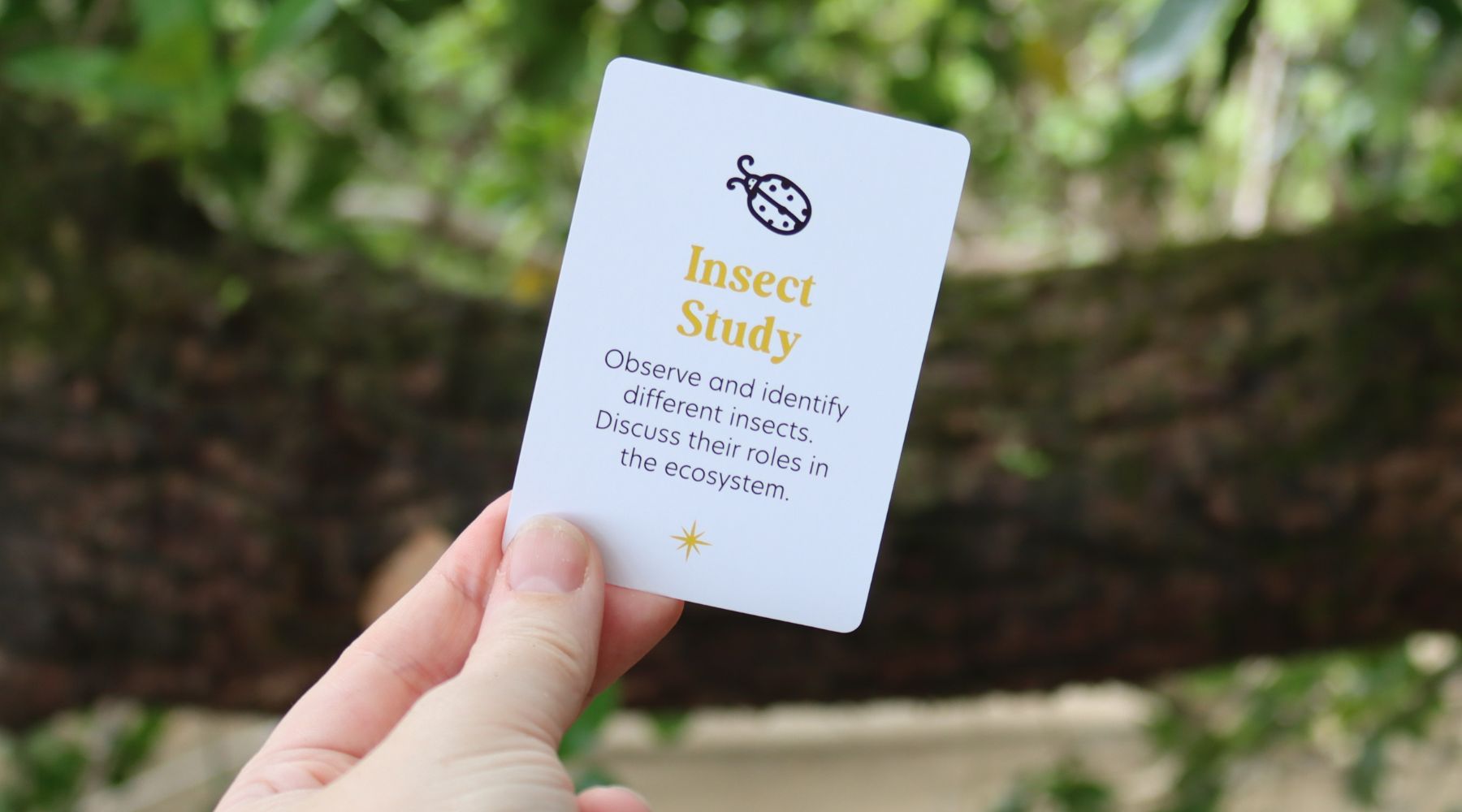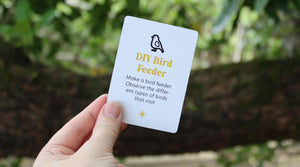Cart
0
Insects are everywhere! From your backyard to the bush, these tiny creatures play essential roles in the ecosystem. In this blog, we’ll help you learn how to observe and identify different insects and understand why they’re so important to the world around us.
Why Study Insects?
Insects might be small, but they are incredibly important for keeping ecosystems balanced and healthy. They help with pollination, decomposition, and even pest control. By learning about insects, you can better appreciate the important work they do and understand how they interact with their surroundings.How to Observe Insects
- Be Patient and Curious: Insects are often found in grassy areas, under rocks, or near water. Take your time and observe carefully.
- Use a Magnifying Glass: Get up close! A magnifying glass will help you see the details of the insect’s body, such as their wings, legs, and antennae.
- Bring a Notebook: Sketch the insects you find and write down their characteristics. What colour are they? How many legs do they have? Do they have wings?
- Don’t Touch: While many insects are harmless, some can bite or sting. It’s best to observe without touching, keeping both you and the insects safe.
Common Insects to Identify in Australia
1. Honeybee
- Identification: Honeybees are small, fuzzy insects with black and yellow stripes. They have two pairs of wings and long antennae.
- Role in the Ecosystem: Honeybees are important pollinators. They help plants reproduce by spreading pollen from flower to flower. Without bees, many of our crops wouldn’t grow as well.
- Pro Tip: Watch bees closely as they land on flowers to collect nectar and pollen. Notice how they carry pollen in little "baskets" on their hind legs!
2. Ant
- Identification: Ants are small and can be black, brown, or red. They have six legs, antennae, and a segmented body with a distinct head, thorax, and abdomen.
- Role in the Ecosystem: Ants are essential decomposers. They help break down dead plants and animals, recycling nutrients back into the soil. Ants also aerate the soil as they dig their tunnels, which helps plants grow.
- Pro Tip: Try following an ant trail. You’ll notice how organized they are as they march back to their nest carrying food!
3. Butterfly
- Identification: Butterflies are colourful insects with large, often brightly patterned wings. They have two pairs of wings and long, curled proboscis used for sipping nectar.
- Role in the Ecosystem: Like bees, butterflies are pollinators, helping flowers and plants reproduce. They also serve as food for birds and other predators.
- Pro Tip: Butterflies love sunny, open areas with lots of flowers. Watch them flutter from flower to flower, feeding on nectar.
4. Dragonfly
- Identification: Dragonflies are long-bodied insects with two pairs of large, transparent wings. Their eyes are large and cover most of their head.
- Role in the Ecosystem: Dragonflies are predators that help control insect populations, especially mosquitoes. They are fast, agile flyers and catch their prey mid-air.
- Pro Tip: Look for dragonflies near ponds or streams. They love to hunt around water and are fun to watch as they zoom around catching insects.
5. Ladybug (Ladybird Beetle)
- Identification: Ladybugs are small, round, red insects with black spots. They have short legs and antennae and are often seen in gardens.
- Role in the Ecosystem: Ladybugs are natural pest controllers, feeding on aphids and other small plant-eating insects. This makes them very helpful to farmers and gardeners.
- Pro Tip: Spot ladybugs on plants. If you see them, they might be hunting for aphids!
6. Cicada
- Identification: Cicadas have large, broad bodies with clear wings and big, round eyes. They are often brown or green and can make a loud buzzing noise.
- Role in the Ecosystem: Cicadas help aerate the soil by digging tunnels during their life cycle. They also serve as food for birds and other animals.
- Pro Tip: Listen for the loud buzzing of cicadas on hot summer days, and look for their empty shells clinging to trees.
7. Praying Mantis
- Identification: Praying mantises are long, slender insects with green or brown bodies. They have large front legs that they hold together as if in prayer.
- Role in the Ecosystem: Praying mantises are skilled predators, catching and eating other insects. They help control pest populations in gardens.
- Pro Tip: Mantises blend in with their surroundings, so look carefully at plants and shrubs to spot one waiting for its prey.
The Importance of Insects in the Ecosystem
Insects may seem small, but they play huge roles in the health of our environment:
- Pollinators: Insects like bees, butterflies, and beetles help plants reproduce by spreading pollen. Without pollinators, many crops and wild plants wouldn’t survive.
- Decomposers: Ants, beetles, and other insects break down dead plants and animals, returning nutrients to the soil. This helps new plants grow and keeps the ecosystem balanced.
- Predators: Insects like dragonflies, ladybugs, and praying mantises help control populations of other insects, such as mosquitoes and aphids. This natural pest control is crucial for maintaining balance in nature.
Tips for Your Insect Study Adventure
- Explore Different Habitats: Insects live everywhere! Check out gardens, fields, forests, and ponds to find a variety of species.
- Respect the Insects: Always be gentle and avoid harming the insects you observe. They are an important part of the ecosystem.
- Keep Learning: Use a guidebook or app to help identify the insects you see. There’s always something new to discover about the tiny creatures around us.
Bringing Insect Study to Life
Next time you're out on an adventure, bring your magnifying glass and notebook to document the insects you find. Every bug plays a part in the world around us, and observing them up close helps us better understand their roles.
Insects are vital to the balance of nature, so the more we know about them, the more we can appreciate how they help the environment thrive!



